Species Photo Gallery for Gyponana gladia No Common Name 19 |
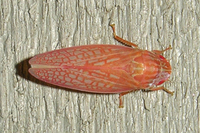 | Photo by: Owen McConnell
Graham Co.
Comment: | 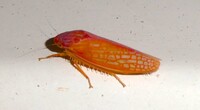 | Photo by: Simpson Eason
Durham Co.
Comment: |
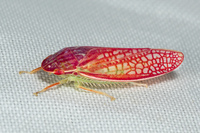 | Photo by: Mark Shields
Onslow Co.
Comment: | 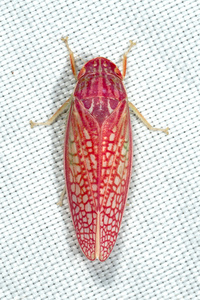 | Photo by: Mark Shields
Onslow Co.
Comment: |
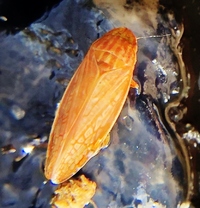 | Photo by: Ken Kneidel
Mecklenburg Co.
Comment: dead, stuck on a tree band on Willow Oak, active between mid-December when the tree band was put up and 1/12 |  | Photo by: Simpson Eason
Durham Co.
Comment: |
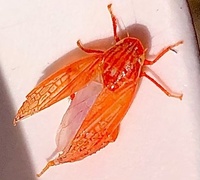 | Photo by: Ken Kneidel
Mecklenburg Co.
Comment: stuck on a tree band on Willow Oak |  | Photo by: Ken Kneidel
Mecklenburg Co.
Comment: stuck on a tree band on Willow Oak |
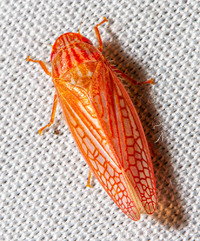 | Photo by: Steve Hall
Orange Co.
Comment: At moth sheet | 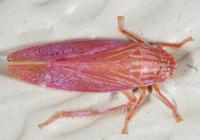 | Photo by: Jim Petranka
Madison Co.
Comment: Air temperature around 53 degrees F; I was surprised to see this one active in December. |
 | Photo by: Jim Petranka
Madison Co.
Comment: Air temperature around 53 degrees F; I was surprised to see this one active in December. | 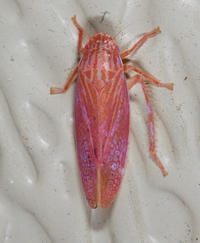 | Photo by: Jim Petranka
Madison Co.
Comment: Air temperature around 53 degrees F; I was surprised to see this one active in December. |
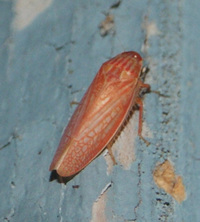 | Photo by: Vin Stanton
Buncombe Co.
Comment: Semi-wooded residential neighborhood | 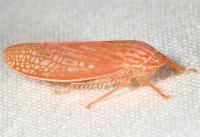 | Photo by: Jim Petranka
Madison Co.
Comment: |
 | Photo by: J. Allen Ratzlaff
Buncombe Co.
Comment: | 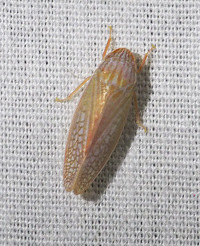 | Photo by: R Emmitt
Orange Co.
Comment: Gyponana? - unid_leafhopper |
 | Photo by: B. Bockhahn
Stokes Co.
Comment: | 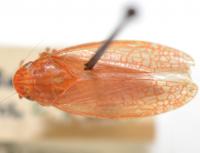 | Photo by: Kyle Kittelberger
Out Of State Co.
Comment: NCSU specimen |
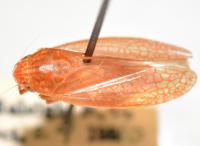 | Photo by: Kyle Kittelberger
Out Of State Co.
Comment: NCSU specimen |

 »
»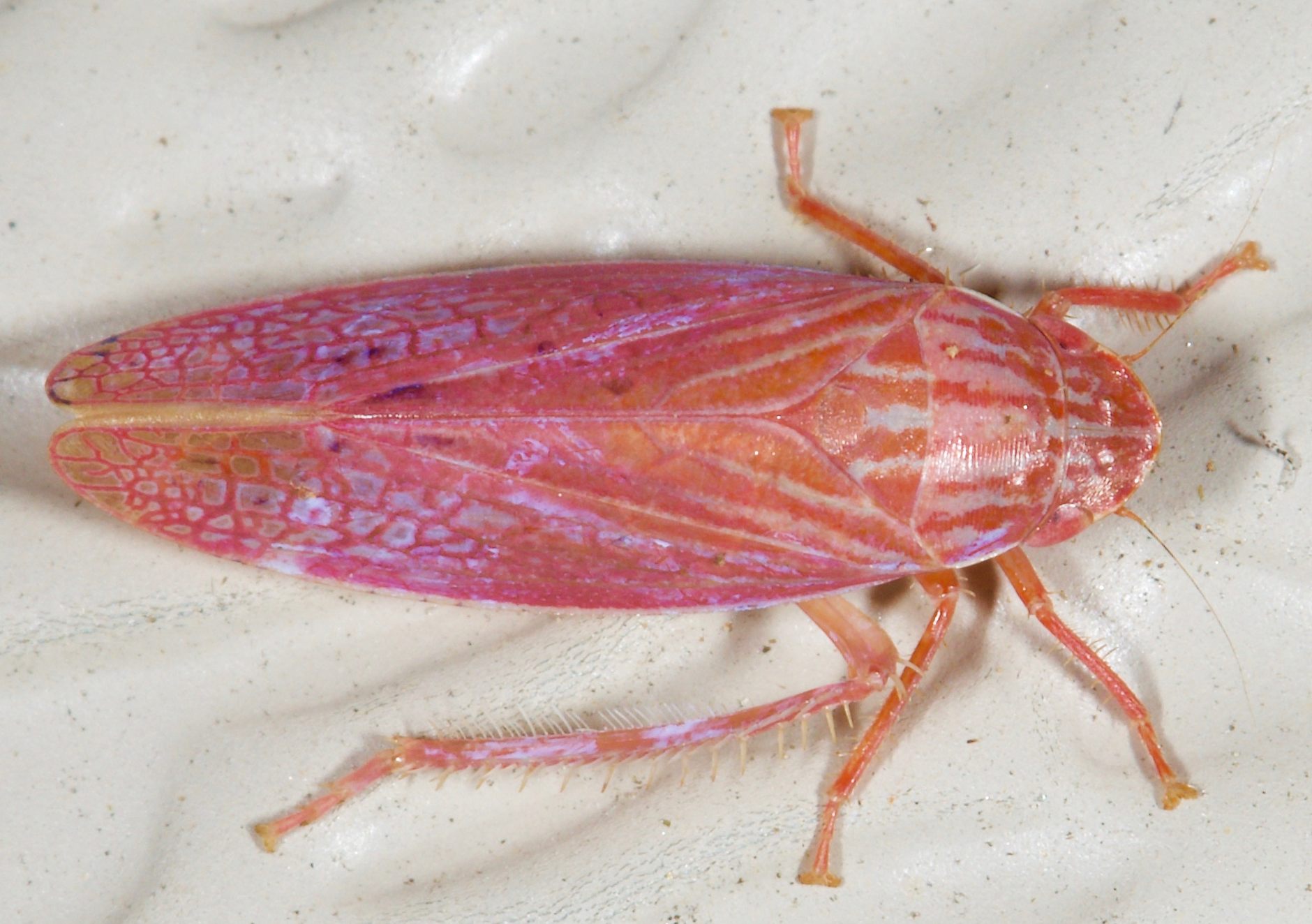
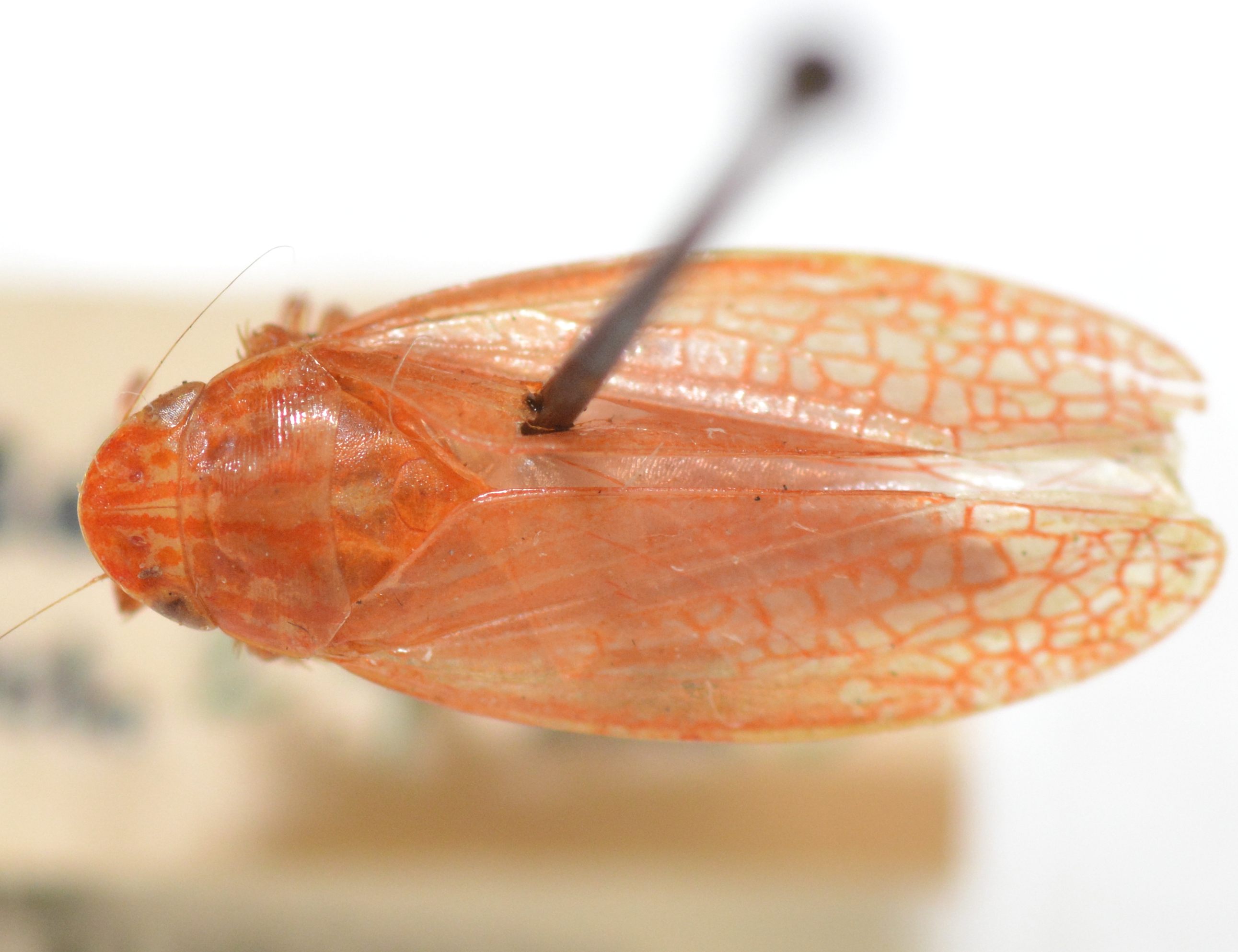
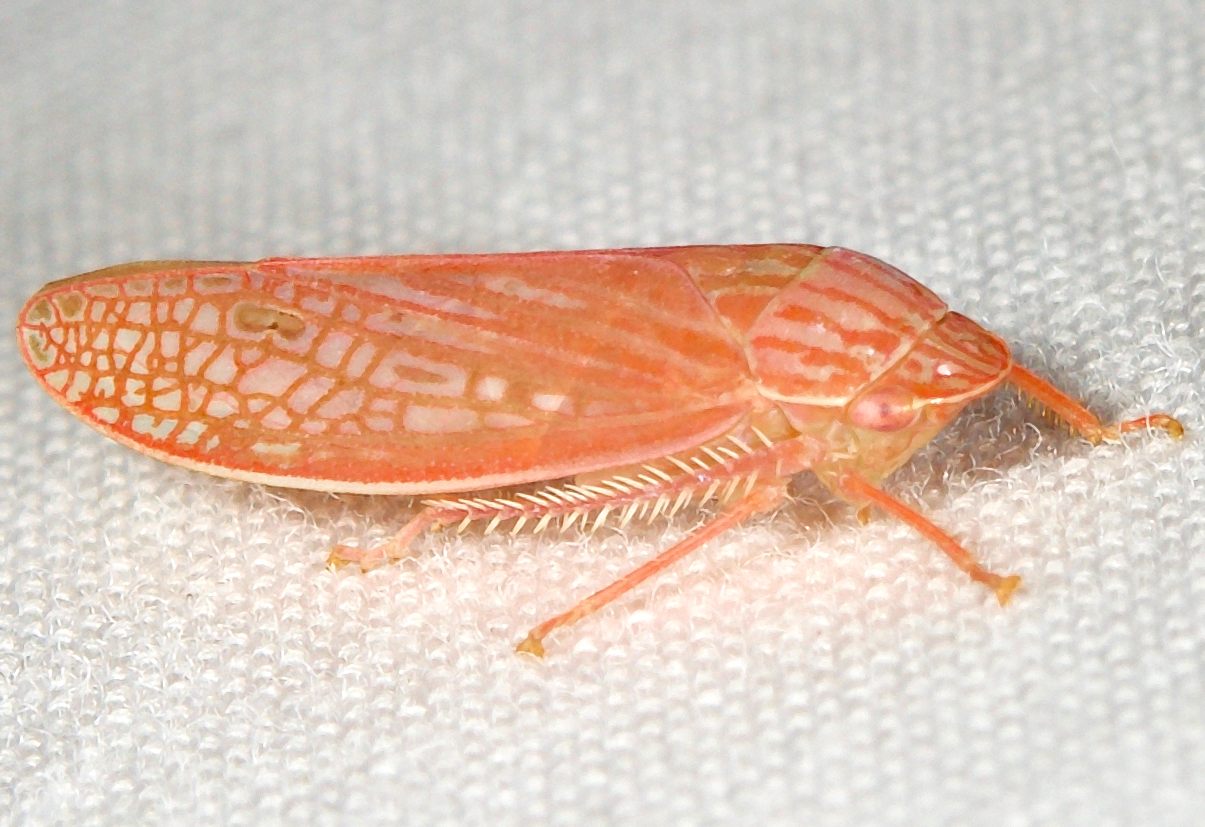

 »
»

